The largest super earthquake in ancient history, pushed the tsunami halfway around the Earth, wiping out human presence for 1000 years
In a new study published in the journal Science Advances, scientists say they have found traces of the most powerful earthquake in human history. It occurred around 1,800 BC in the Pacific Ocean off the coast of present-day Chile.
This catastrophic seismic event created a massive tsunami that knocked down the entire Chilean coastline, including the Atacama Desert. The tsunami is estimated to be 20 meters high and traveled halfway around the world, from coast to coast of the Pacific Ocean, to present-day New Zealand.
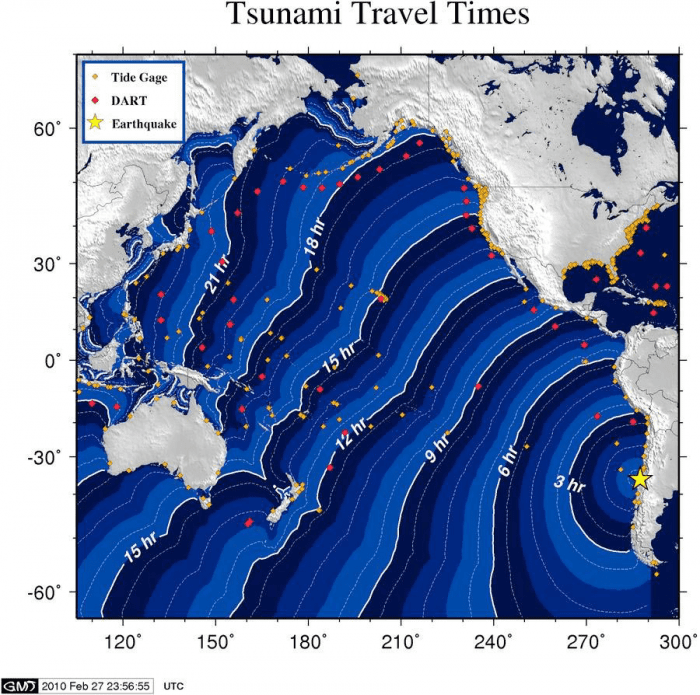
56561217-10714429-image-a-95_1649844000926.avif
About 3,800 years ago, the coastal area of Chile was once inhabited by hunter-gatherer tribes. There is no doubt that these groups of people have suffered considerable loss of life as a result of the earthquake and tsunami.
Some of them have survived, researchers say. But the memory of the tsunami was imprinted and became an obsession with them. For the next 40 generations, no community dared to return to the Chilean coast to live. A 600-kilometer stretch of the Pacific coast has been devoid of humans for 1,000 years.
Memories of the tsunami imprinted on the Atacama desert
The Atacama is an extremely harsh desert in South America. It is believed to have existed 15 million years ago with an extremely dry climate. This desert thus becomes the place on Earth where conditions are most similar to Mars. Everything from Mars fiction to NASA’s lander tests has been made here.
Obviously, Atacama is not an ideal place to live. A rain in this desert can even sow death rather than life. 75-85% of the native species here are reported to have gone extinct after just one rain, simply because they are so used to the arid climate.
But going back 12,000 years ago, there were a number of hunter-gatherer tribes that were present in the Atacama and learned to survive on what the Pacific coast had to offer.
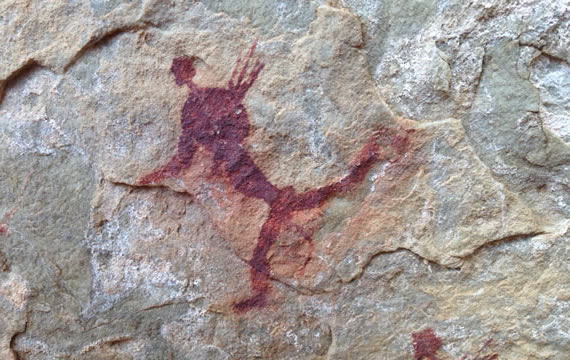
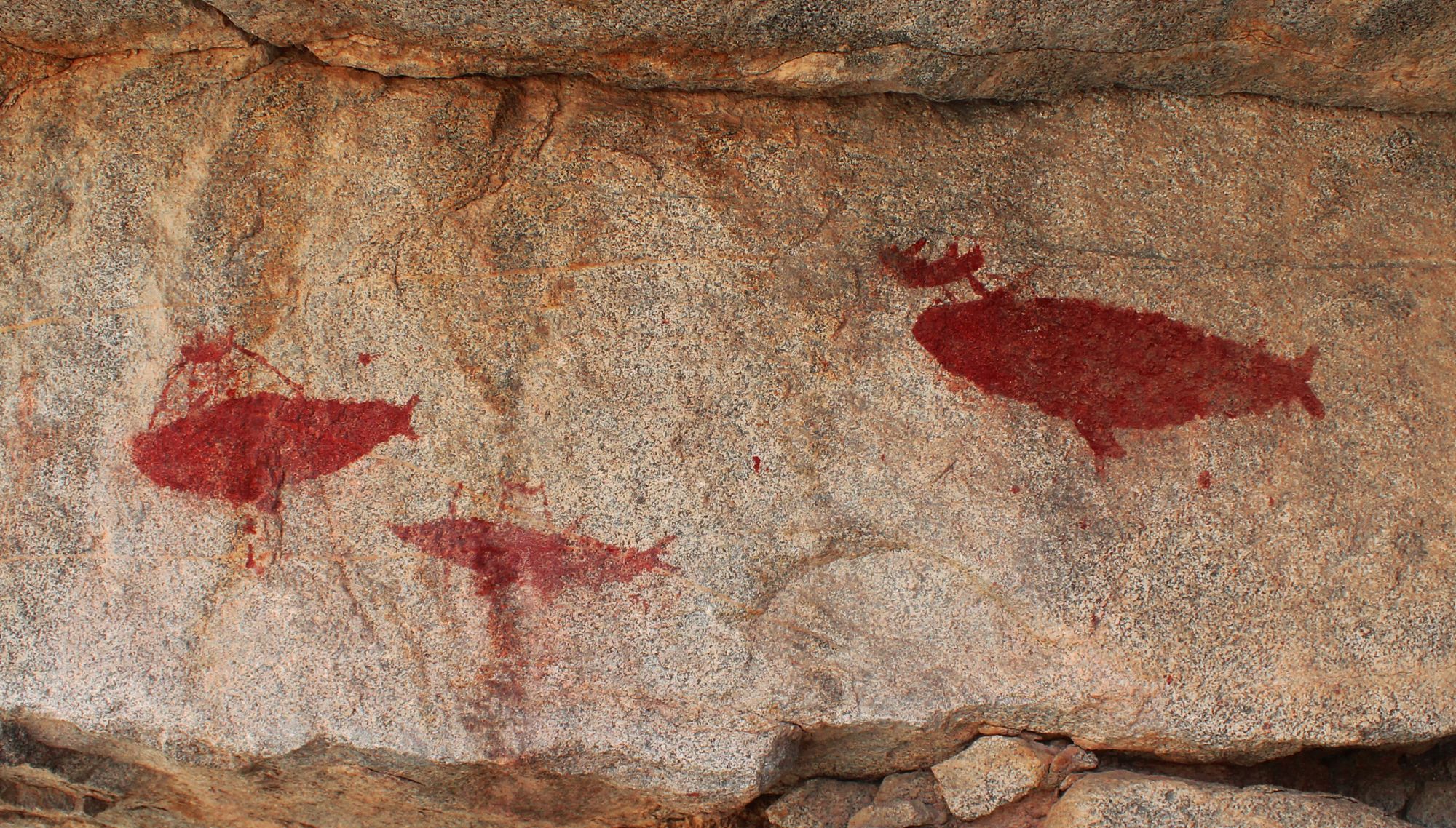
Human development in the Atacama went on continuously for millennia, but was suddenly interrupted for about 1,000 years from 1,800 BC. Archaeologists could not find any remains that indicate human presence from then until 800 AD.
To find out why the history of the Atacama is so gaping, an international team of geologists, ecologists and anthropologists led by Professor Gabriel Easton at the University of Chile conducted an international study. research.
They spent years excavating archaeological and geological sites in the Atacama Desert to eventually uncover a very strange layer of sediment. In the middle of the desert at a location up to 600 km from the coast, there is a coastal stratigraphic structure, with sea rocks, shells and fossils of seafood species.
“All of these are found at a very high position and a long way inland from the coast. There can’t be a storm strong enough to take them there“, said James Goff, a geologist and tsunami expert at the University of New South Wales, Australia.
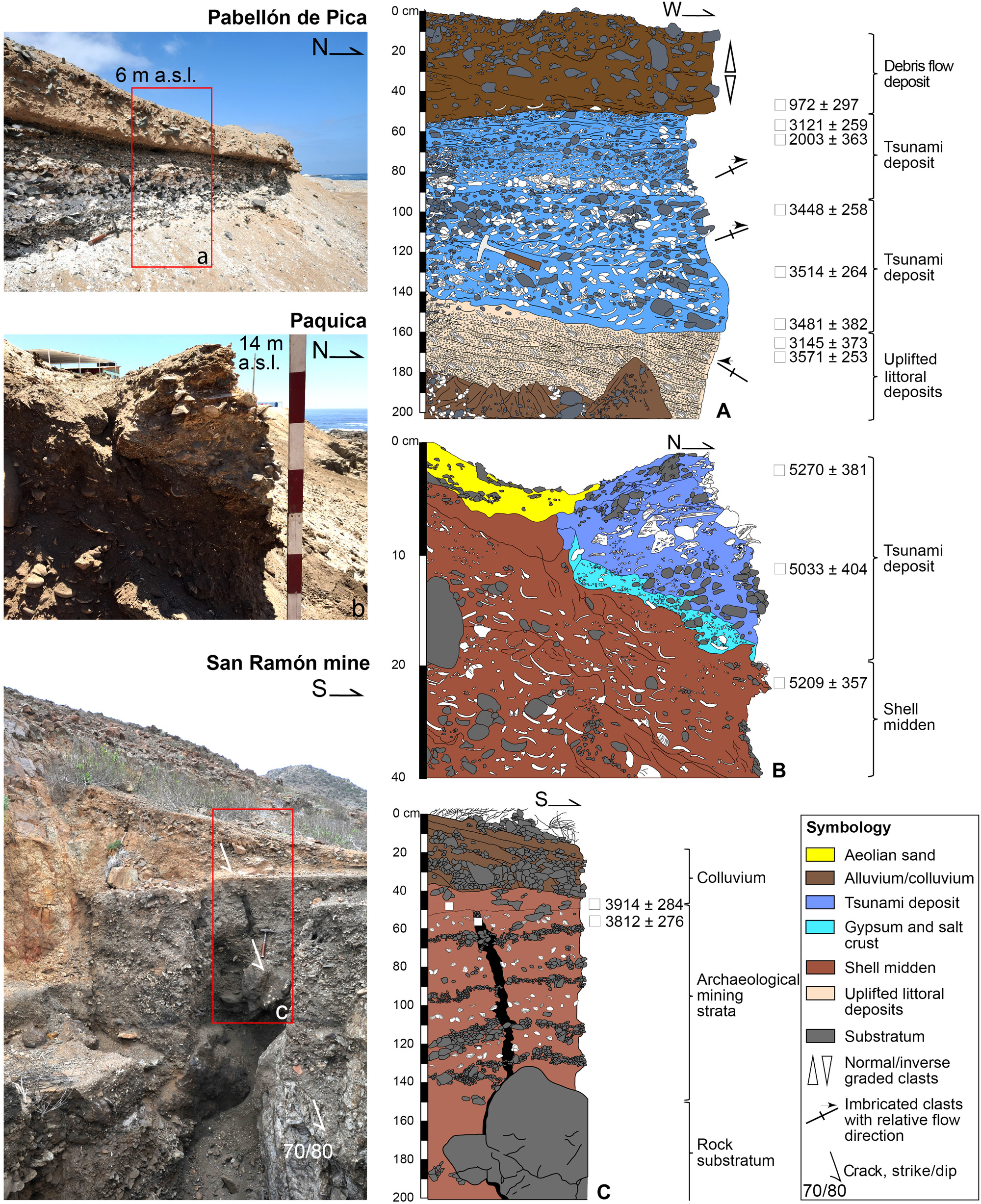
Given his expertise in the field, Goff was certain what he saw was a sedimentary layer of a tsunami. Not only that, it must also be a giant tsunami, caused by the largest earthquake in human history.
“It was thought that an event of this magnitude could not have occurred in northern Chile because there was not a large enough fault there.“, said Goff. “But now we’ve found evidence of a fault about 1,000 kilometers long just off the coast of the Atacama Desert, and it’s huge.”
Using the technique of seashell dating, geologists estimate that around 1,800 BC this area, located near the convergence of the Nazca and South American tectonic plates, occurred a terrible earthquake. .
“We propose that this earthquake be as strong as the Valdivia earthquake that occurred in 1960 in southern Chile.“, said Professor Easton. “This is the largest earthquake ever recorded in history.” It should have a magnitude of 9.5 magnitude.
This was followed by a tsunami 15 to 20 meters high that pushed all the coastal sediments inland inland of the Atacama Desert. It even created a new ocean in the desert.
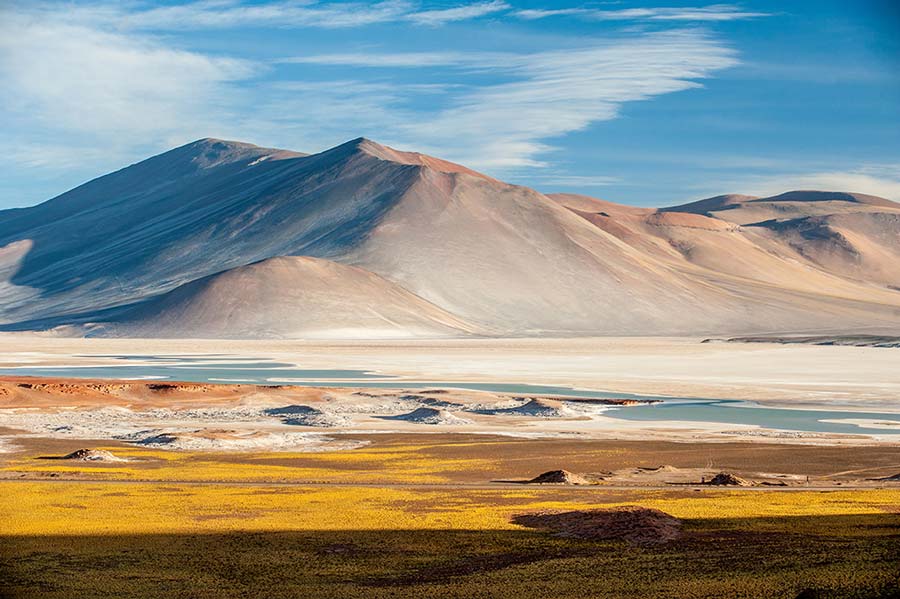
Eradicate human presence for 1,000 years
Time is the only thing that can erase everything. Despite the amazing floods that covered the Atacama with a newly formed inland sea, the seawater was eventually absorbed by the super-dry sands of the desert, returning the Atacama to an arid region.
But after this happened, it seems that those who lived in coastal Chile before did not return. “Earthquakes and tsunamis are among the most catastrophic events affecting human society. They challenge human adaptation to the environment in which they live.“, the study wrote.
“Coastal communities around the world are extremely vulnerable in the face of these natural hazards, and the social disasters they create are certain to recur in the decades to come, putting lives at risk. people, infrastructure, and assets, the environment, and society at risk”.
Ancient hunter-gatherers survived in the Atacama Desert by fishing and harvesting seafood from the beach and ocean floor. But after the earthquake, the locals there were left with nothing.

“Our archaeological work has found that a great social upheaval has occurred, communities that have moved inland beyond the influence of that year’s tsunami.“, said Goff.
They even relocated cemeteries to higher mountains. Many bodies were dug up and re-embalmed during the reburial. This shows how ancient human communities in Chile also had beliefs that honored their parents and deceased ancestors, Professor Easton added.
There is a question of how long the ancient people deserted the Atacama desert. Archaeological evidence shows that although there are still many oceanic resources to exploit nearby, hunter-gatherers did not return to their ancestral lands until 800 AD. In some cases, settlements have been abandoned for more than 1,500 years.
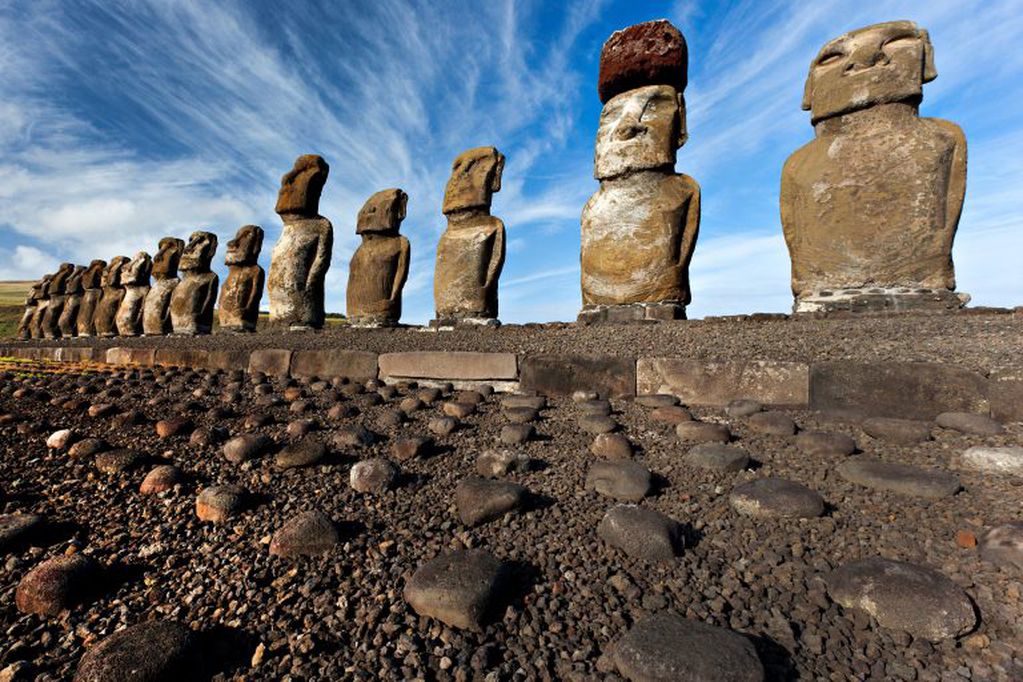
Eugenio Gayo, ecologist and climate researcher involved in the study commented: “This is surprising, because ancient human communities often have short-term memories for events of this kind.”
Gayo calculates that 1,000 years is equivalent to 40 generations of human experience. In the absence of writing, hunter-gatherers could only pass on the history of that earthquake and tsunami to their descendants orally and with rock drawings.
This underscores how vivid and terrifying the cataclysmic message must have been for the hereditary descendants of the Atacama desert region to decide never to return to the shores for millennia.
It is not clear why in 800 AD the Atacama desert coast once again welcomed the first inhabitants back. But they certainly aren’t the risk of earthquakes and tsunamis here gone.
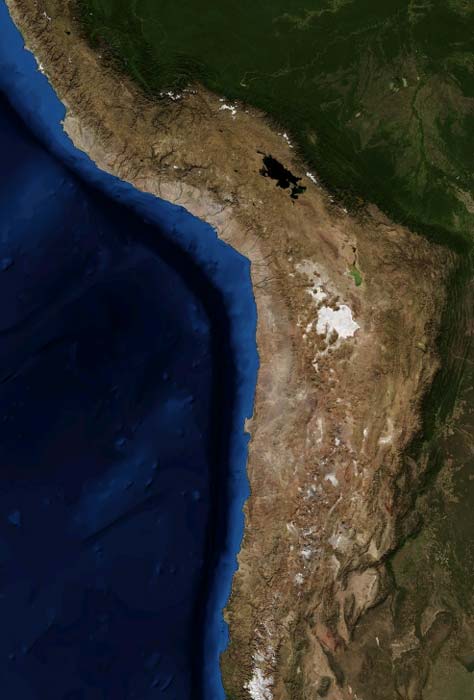
The Atacama Desert on the Chilean coast lies on a subduction zone where the adjacent Nazca oceanic plate is sliding under the South American continental plate. This ongoing geological process is responsible for the creation of the Andes Mountains, and to this day, it regularly causes earthquakes in Chile.
So Goff warns us to really prepare for these terrible disasters that could happen and repeat again. “Currently, this is a densely populated area, with many places being popular tourist attractions. If such an event were to happen again, the consequences could be dire unless we learn from experience and prepare. deal with it one step ahead”.
Refer Sciencealert, Science
at Blogtuan.info – Source: genk.vn – Read the original article here


